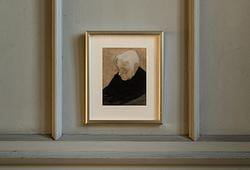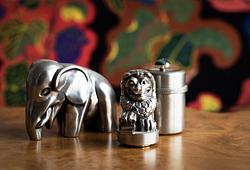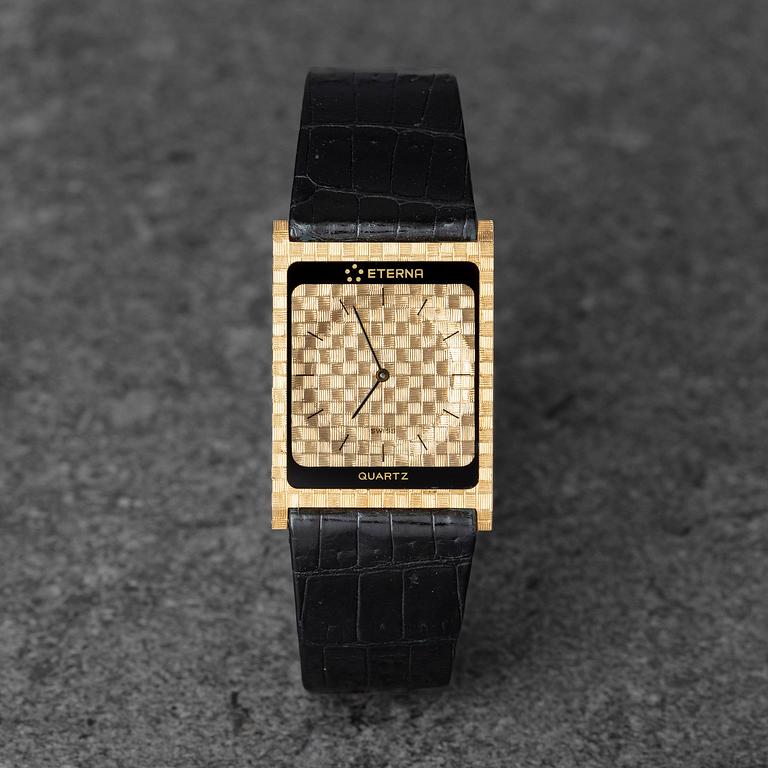Eterna, Delirium Très Mince, ca 1979
Storlek: 25 x 30 mm
Material: 18K guld
Urverk: quartz, caliber ETA 999
År: cirka 1979
Glas: safirglas
Armband: läderband, originalspänne i 18K guld
Referensnummer: 795 9623 68
Boettnummer: 732
Helhetsintrycket är mycket gott, med plast kvar. Ej funktionstestad.
Urverket fungerar inte vid katalogiseringstidpunkten, Bukowskis garanterar inte att urverket kommer att fungera i framtiden. Observera att urverket inte har testats för tidsprecision och kan behöva servas på köparens bekostnad. Klockorna har öppnats för att undersöka urverket, därför ges inga garantier för att klockorna är vattenresistenta. Potentiella köpare bör inspektera varje klocka för att försäkra sig om dess skick. För mer information, vänligen läs våra Köpvillkor.
Övrig information
The Eterna “Delirium” represents a milestone in the history of watchmaking. In this first model, the case itself served as the main plate for the groundbreaking ETA 999 movement - making it the thinnest watch in the world at the time.
Introduced in 1979, the Delirium was the pinnacle of miniaturization and one of the most prestigious and expensive watches of the early 1980s. With a retail price of around CHF 20,000, it was positioned at the very cutting edge of technology: super-precise, ultra-thin, and entirely hand-engraved by the master case-makers at Favre & Perret. The same workshop responsible for iconic Patek Philippe models such as the Nautilus reference 3700.
Its rarity is explained by both the short production period and its extremely high price point, which limited sales. Shortly after its release, the Delirium was replaced by the Delirium II, and only a very small number of examples of the first series are believed to exist today.
Powered by the ETA caliber 999, paired with the ultra-thin Renata 333 battery and set via a discreet button on the caseback, the Delirium was Switzerland’s direct response to the Japanese world record in ultra-thin quartz watches. Marketed under the name Delirium Très Mince (“extremely thin”), this model remains one of the most important and elusive innovations of its era.













































